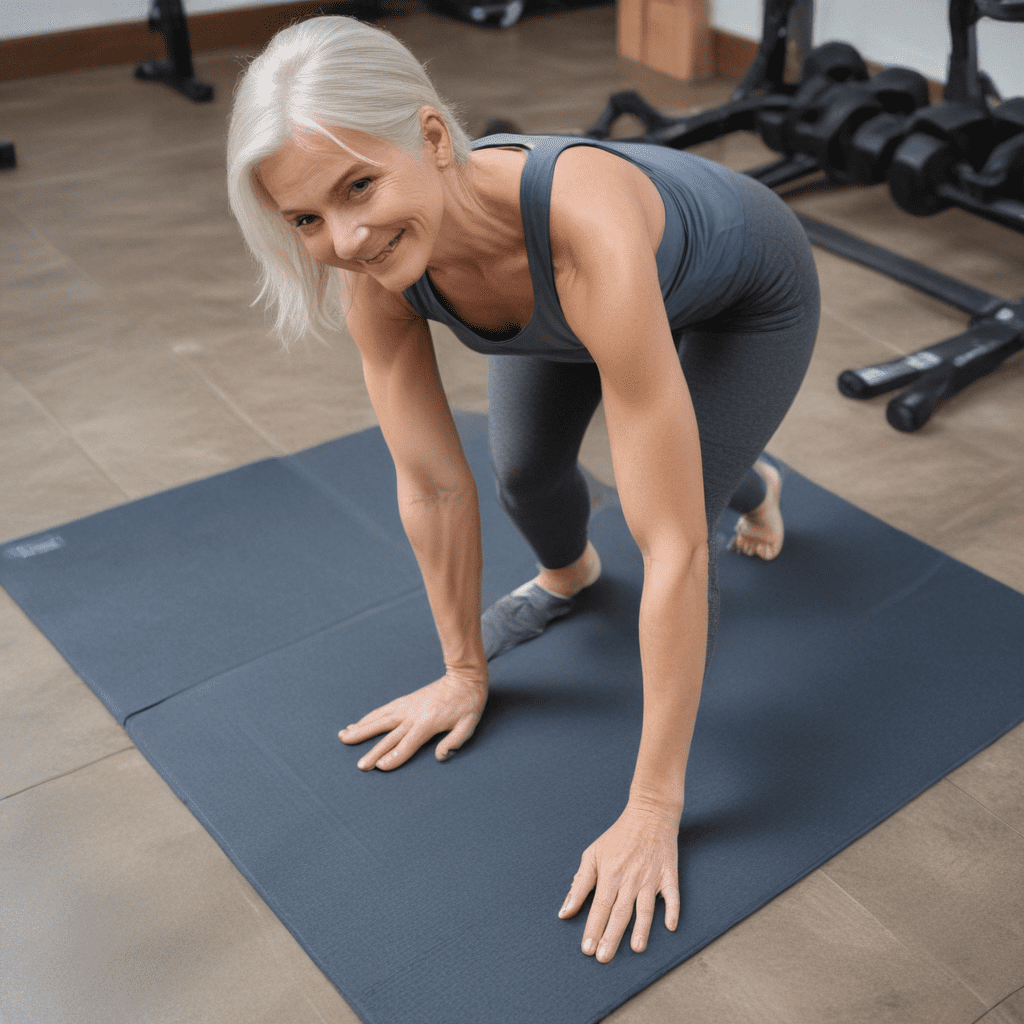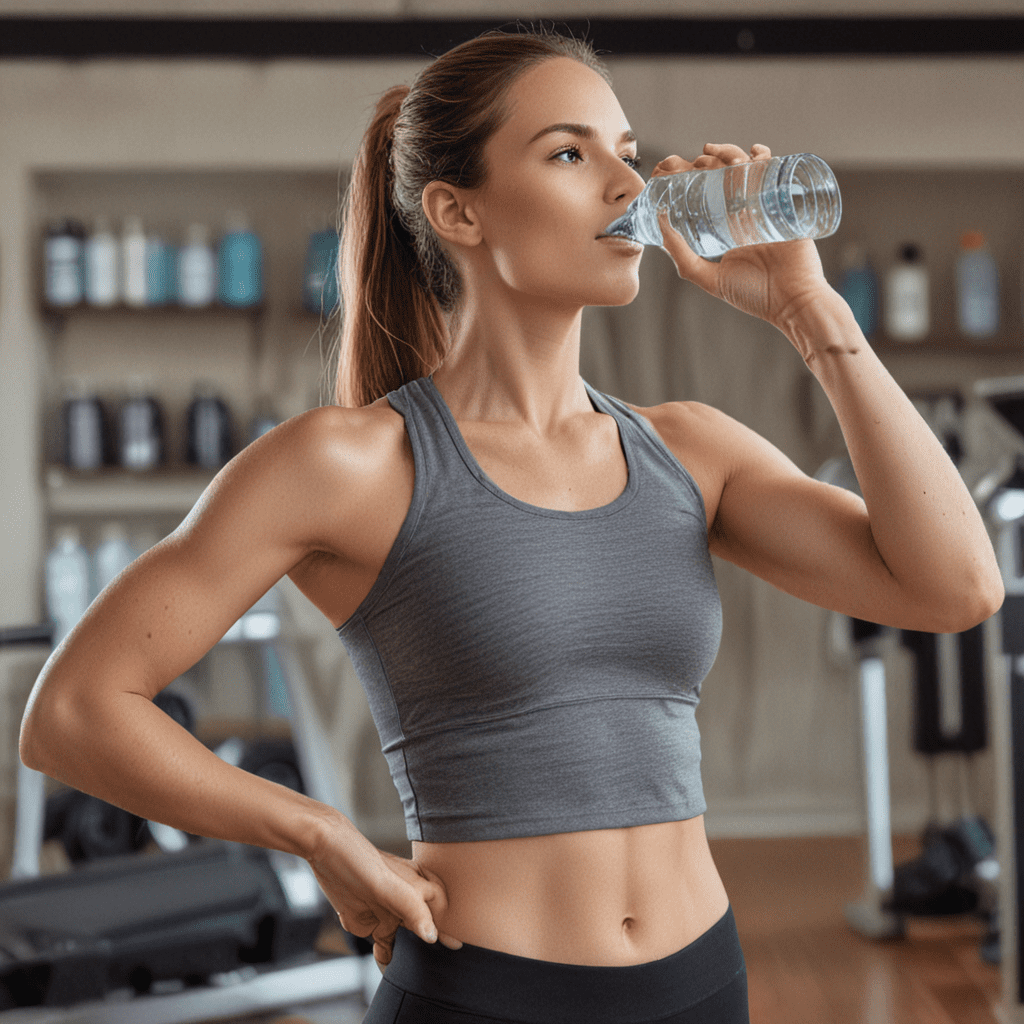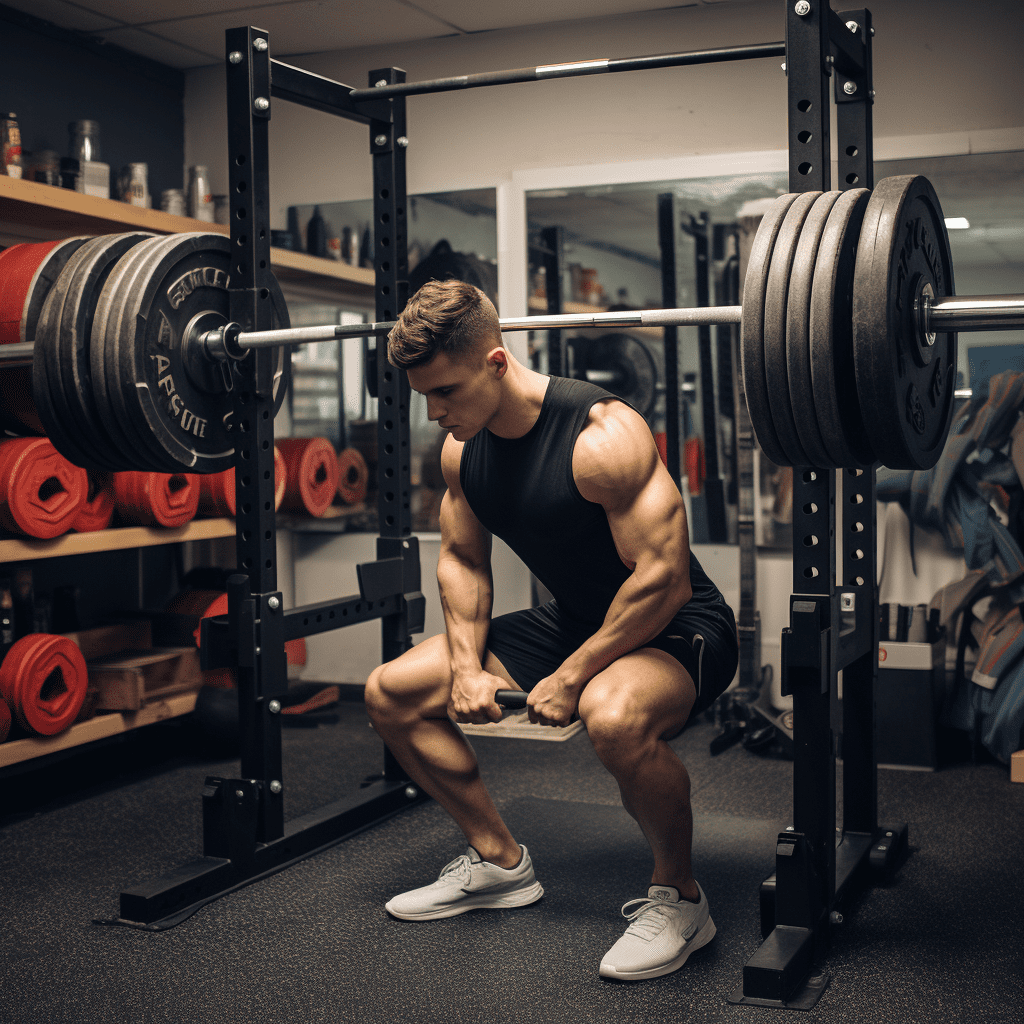
Benefits of Exercise Mats for Seniors: Comfort and Support
Introduction
As seniors embark on their fitness journeys, finding the right equipment is crucial for ensuring a safe and enjoyable experience. Exercise mats play a vital role in enhancing comfort, stability, and support, making them indispensable for older adults. By providing a cushioned surface, exercise mats alleviate discomfort and pain, while also promoting better balance and mobility.
Enhanced Comfort during Exercise
For seniors, exercise should be a comfortable endeavor. Exercise mats provide a soft and supportive surface, reducing pressure on joints and muscles. This cushioning effect allows individuals to engage in various exercises without experiencing discomfort or pain. The mat's surface reduces friction, preventing skin irritation and allowing for smoother movements.
Improved Stability and Balance
Balance and stability are essential for seniors to maintain independence. Exercise mats provide a stable and secure foundation for performing exercises that challenge balance. The non-slip surface prevents slips and falls, instilling confidence in seniors as they push their limits. By improving balance, exercise mats also reduce the risk of injuries and enhance overall mobility.
Reduced Joint Pain and Injuries
For seniors with joint pain or arthritis, exercise mats offer a protective barrier. The cushioning provided by the mat absorbs impact and reduces stress on joints, diminishing discomfort and pain. Additionally, the shock-absorbing properties of the mat help prevent injuries by providing a safe and stable surface for exercises.
Cushioned Support for Bones and Muscles
As we age, our bones and muscles become more fragile. Exercise mats provide a cushioned surface that supports them during exercise. This support helps protect bones from impact and reduces the risk of muscle strains and sprains. The cushioning also improves circulation, reducing stiffness and soreness.
Increased Mobility and Flexibility
Exercise mats facilitate increased mobility and flexibility. The cushioned surface allows for greater range of motion, making it easier for seniors to stretch and improve their flexibility. Additionally, the non-slip surface provides a stable base for exercises that require balance and coordination, promoting overall mobility.
Personalized Exercise Experience
Exercise mats can be customized to meet the specific needs of seniors. Different thicknesses and densities are available, allowing individuals to choose a mat that provides the right level of support and cushioning. Some mats also come with built-in features, such as textured surfaces or massage nodules, that can enhance the exercise experience.
Enhanced Hygiene and Sanitation
Exercise mats promote hygiene and sanitation. They prevent direct contact with the floor, reducing the risk of exposure to bacteria and viruses. Regular cleaning and disinfection of the mat ensure a clean and safe exercise environment, especially important for seniors with compromised immune systems.
Reduced Risk of Slips and Falls
Exercise mats play a crucial role in reducing the risk of slips and falls. The non-slip surface provides a stable and secure base for exercises, preventing accidents and injuries. This is particularly important for seniors who may have impaired balance or coordination.
Conclusion
Exercise mats are an essential piece of equipment for seniors looking to improve their fitness and well-being. By providing comfort, support, and stability, exercise mats enhance the exercise experience, reduce the risk of injuries, and promote overall health and mobility. Embracing the use of exercise mats empowers seniors to embark on their fitness journeys with confidence and ease.
FAQ
What type of exercise mat is best for seniors? Choose a mat that is non-slip, provides adequate cushioning, and is appropriate for the senior's specific needs. Consider the thickness, density, and any additional features that may enhance the exercise experience.
How thick should an exercise mat be for seniors? A thickness of 1/2 inch to 1 inch provides a good balance between comfort and support. Thicker mats offer more cushioning, while thinner mats may be more portable.
How to clean an exercise mat? Regularly wipe down the mat with a damp cloth and mild detergent. If necessary, use a disinfectant spray to kill bacteria and viruses. Allow the mat to dry completely before using it again.


